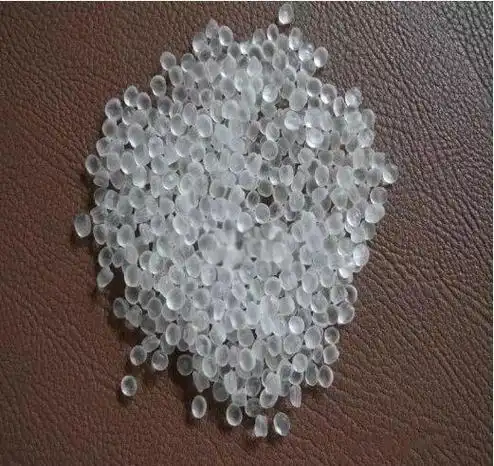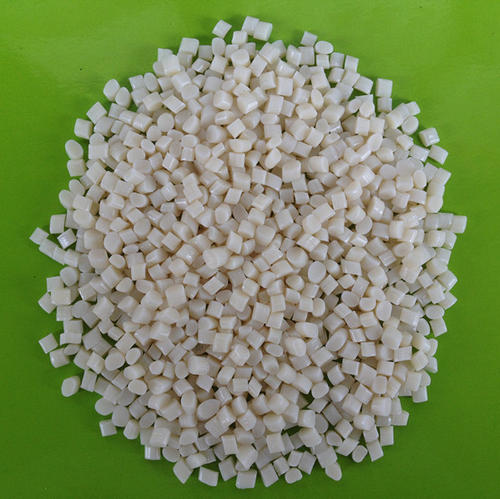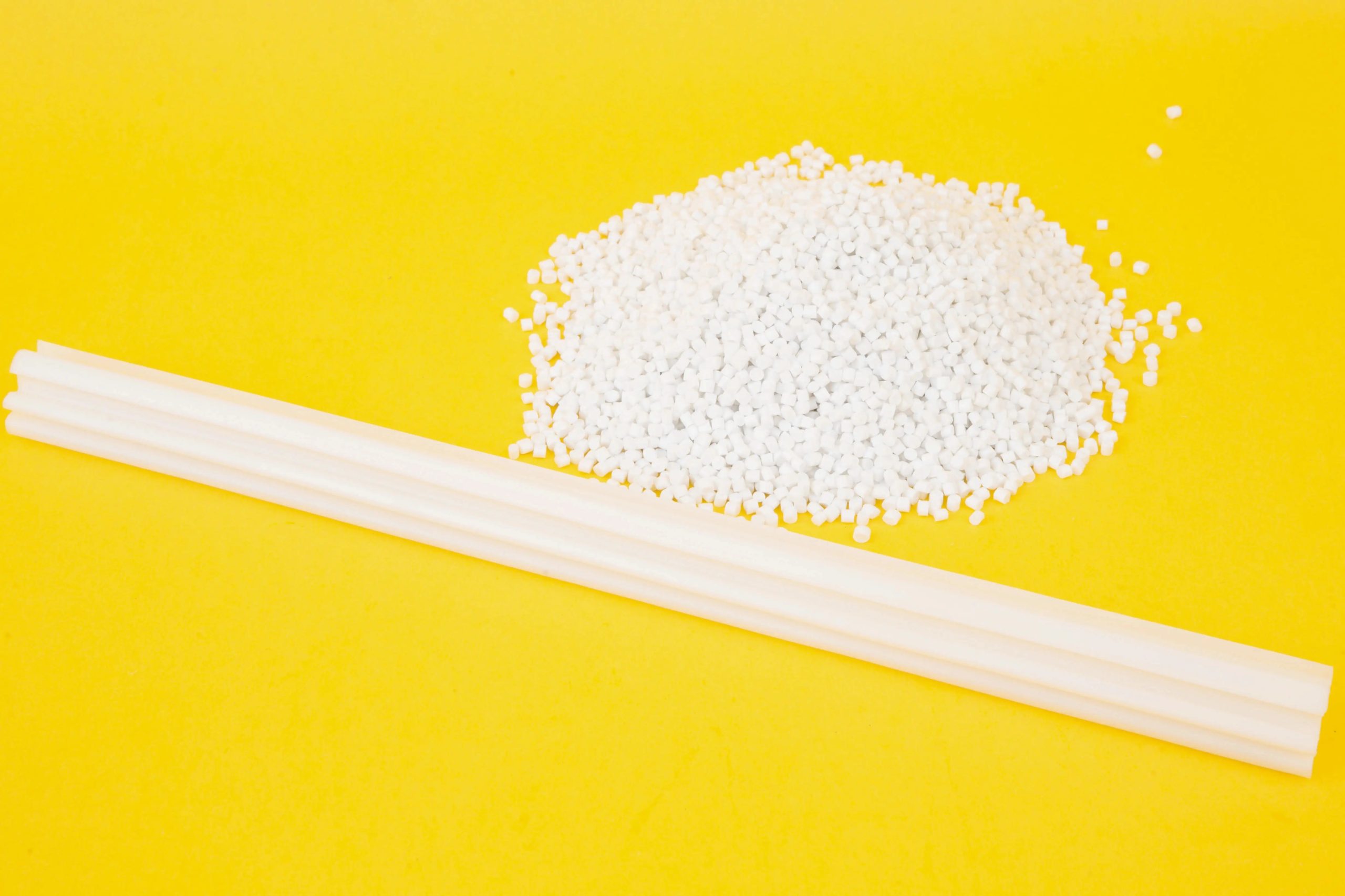As someone who’s spent over a decade in the plastics industry, working hands-on with injection molding processes and troubleshooting defects, I’ve seen my fair share of challenges with thermoplastic elastomer (TPE) products. One issue that often stumps manufacturers and engineers is the appearance of gas marks—those pesky, unsightly blemishes that can ruin the look and sometimes the function of a molded part. If you’re dealing with TPE injection molding, spotting gas marks on your products can be frustrating, especially when you’re aiming for a flawless finish. In this article, I’ll explain what gas marks look like, why they happen, how to identify them, and—most importantly—how to prevent or fix them, drawing from years of experience in mold design, process optimization, and defect analysis.

What Do Gas Marks Look Like on TPE Products?
Gas marks, also known as gas traps, burn marks, or air traps, are surface defects that appear on injection-molded TPE parts. They’re caused by trapped gases—air, moisture, or volatile compounds—that get compressed during the molding process and leave visible imperfections. On TPE products, which are prized for their soft, rubber-like texture and flexibility, gas marks can be particularly noticeable because they disrupt the smooth, uniform surface that customers expect.
Here’s how gas marks typically manifest on TPE parts:
Appearance: They often look like cloudy or frosted patches, swirling streaks, or blotchy discoloration on the surface. In severe cases, they may appear as shiny or scorched spots with a slightly melted texture.
Color Variation: On colored TPEs, gas marks can cause fading or darkening, making the affected area stand out against the rest of the part. For example, a black TPE part might show grayish-white streaks.
Texture: The affected area may feel rougher or less elastic than the surrounding material, especially if the gas mark includes burning or degradation.
Location: Gas marks tend to appear in areas where gases are trapped, such as deep cavities, thin walls, sharp corners, or near gate locations. They’re common on complex geometries or parts with poor venting.
I once worked with a client producing TPE grips for fitness equipment. Their parts had swirling, frosted streaks near the edges, which customers complained about as cosmetic flaws. After inspecting the parts, we confirmed gas marks caused by inadequate venting and overly fast injection speeds. Understanding the visual and tactile characteristics of gas marks is the first step to addressing them.

Why Do Gas Marks Occur in TPE Injection Molding?
To tackle gas marks, it’s crucial to understand their root causes. TPEs are sensitive materials, and their soft, flexible nature makes them prone to defects if the molding process isn’t dialed in. Based on my experience, gas marks arise from three main sources:
1. Trapped Air
During injection molding, molten TPE fills the mold cavity, pushing air ahead of it. If this air can’t escape through vents or parting lines, it gets compressed and trapped, forming gas marks. This is common in deep or narrow cavities where air has nowhere to go.
2. Moisture in the Material
TPEs, especially hygroscopic grades like TPU-based blends, can absorb moisture from the air. If the material isn’t properly dried before molding, the moisture turns to steam in the hot barrel, creating bubbles or streaks on the part’s surface. I’ve seen this issue in humid factories where material storage wasn’t controlled.
3. Volatile Compounds
Some TPEs release volatile organic compounds (VOCs) or gases when heated, especially at high temperatures. These gases can get trapped in the mold, causing burn marks or cloudy patches. Overheating the material or using recycled TPE with additives can exacerbate this.
4. Process Parameters
Incorrect injection speed, pressure, or temperature can trap gases or cause material degradation. For example, too fast injection compresses air too quickly, while too high barrel temperatures can break down the TPE, releasing gases.
A factory I consulted for had gas marks on TPE phone cases because their injection speed was set too high, trapping air in the mold’s thin walls. Adjusting the process parameters and adding vents solved the issue.
Identifying Gas Marks vs. Other Defects
Gas marks can be confused with other molding defects, like flow marks, splay, or burn marks. Here’s how to tell them apart:
Gas Marks: Cloudy, frosted, or scorched patches, often in deep cavities or corners, caused by trapped air or gases. They may have a burnt smell if degradation occurs.
Flow Marks: Wavy or streaky lines caused by uneven material flow, typically near gates or thick-to-thin transitions.
Splay: Silvery streaks from moisture, often spread across the surface, with a powdery texture.
Burn Marks: Dark, charred spots from overheating, usually accompanied by a strong burnt odor.
I always advise clients to inspect parts under bright light and use a magnifying glass to check for texture or discoloration patterns. Smelling the part can also help—gas marks with burning often have a distinct chemical odor.

How to Prevent and Fix Gas Marks on TPE Products
Addressing gas marks requires a combination of material preparation, mold design, and process optimization. Here’s a detailed guide based on my experience:
1. Optimize Material Preparation
Dry the TPE: Use a desiccant dryer to remove moisture, especially for hygroscopic TPEs. Dry at 80–100°C for 2–4 hours, depending on the grade. I’ve seen undried TPE cause severe gas marks in humid environments.
Store Properly: Keep TPE pellets in sealed containers with desiccants to prevent moisture absorption. A client reduced defects by moving their material storage to a climate-controlled room.
Check Additives: Avoid recycled TPE with unknown additives, as they can release VOCs. Work with your supplier to ensure virgin material or certified regrind.
2. Improve Mold Design
Add Vents: Ensure the mold has adequate venting (0.01–0.03 mm deep) at parting lines, ejector pins, or cavity edges to let air escape. I helped a factory eliminate gas marks on TPE seals by adding micro-vents near deep cavities.
Optimize Gate Placement: Place gates to promote smooth flow and avoid trapping air. Fan gates or edge gates work well for TPEs.
Simplify Geometry: Avoid sharp corners or deep ribs that trap air. If possible, use gradual transitions in wall thickness.

3. Adjust Process Parameters
Reduce Injection Speed: Slow down the injection speed to allow air to escape. Start with a moderate speed and adjust based on part quality.
Lower Barrel Temperature: Keep temperatures within the TPE’s recommended range (e.g., 180–220°C for most grades) to prevent degradation. I once fixed gas marks on TPE grips by dropping the barrel temp by 10°C.
Increase Back Pressure: Higher back pressure (e.g., 50–100 bar) improves material mixing and reduces gas bubbles.
Extend Holding Time: Longer holding times ensure the part packs out properly, reducing trapped air.
4. Enhance Mold Cooling
Improve Cooling Channels: Ensure uniform cooling to prevent hot spots that trap gases. A client producing TPE mats reduced gas marks by redesigning their cooling channels.
Control Mold Temperature: Keep the mold at 20–40°C for most TPEs to promote even solidification.
5. Use Advanced Equipment
Vacuum Venting: Some molds use vacuum systems to suck out air before injection, ideal for complex parts.
Gas-Assisted Molding: Injecting nitrogen can displace trapped air, though it’s less common for TPEs.
Hot Runner Systems: These reduce material degradation and gas formation in the runner, improving part quality.
6. Regular Maintenance
Clean the Mold: Remove residue or buildup that obstructs vents. I recommend ultrasonic cleaning every few thousand cycles.
Check the Machine: Ensure the screw and barrel are free of degradation, as worn components can introduce gases.

Comparison Table of Gas Mark Causes and Solutions
Here’s a table summarizing the causes of gas marks and how to address them:
|
Cause |
Description |
Solution |
Impact |
|---|---|---|---|
|
Trapped Air |
Air compressed in mold cavities |
Add vents, reduce injection speed |
Eliminates cloudy patches, improves finish |
|
Moisture |
Steam from undried TPE |
Dry material, store in sealed containers |
Reduces streaks, prevents bubbles |
|
Volatile Compounds |
Gases from overheating or additives |
Lower barrel temp, use virgin TPE |
Minimizes burn marks, enhances clarity |
|
Process Errors |
High speed, pressure, or temp |
Optimize speed, temp, back pressure |
Ensures uniform surface, fewer defects |
This table provides a quick reference, but let’s look at how these solutions work in practice.
Real-World Examples of Gas Marks on TPE Products
I’ve helped clients across industries tackle gas marks on TPE parts. Here are two cases that highlight the issue and solutions:
TPE Phone Cases: A manufacturer was seeing frosted streaks on their TPU-based phone cases, especially near the edges. The culprit? Undried material in a humid factory. We implemented a desiccant dryer and slowed the injection speed, eliminating the streaks. Adding micro-vents near the gates further improved the finish.
TPE Medical Tubing: A medical device company had cloudy patches on their SEBS-based tubing, which was unacceptable for their high-quality standards. The issue stemmed from overheated material and poor venting. We lowered the barrel temperature by 15°C, added 0.02 mm vents, and increased back pressure, resulting in a flawless, glossy surface.
These examples show that gas marks are solvable with the right approach, but it often requires a mix of material, mold, and process tweaks.

Challenges and Considerations
Addressing gas marks isn’t always straightforward. Here are some challenges I’ve encountered:
Complex Geometries: Parts with deep cavities or thin walls are prone to gas traps, requiring extensive mold modifications.
Material Sensitivity: Some TPEs, like TPU, are more hygroscopic, demanding strict drying protocols.
Cost of Upgrades: Adding vents, vacuum systems, or hot runners can be expensive, especially for older molds.
Trial and Error: Finding the perfect process parameters takes time and testing, which can delay production.
Operator Skill: Inconsistent results often come from untrained staff. I always emphasize training to ensure repeatable quality.
The Bigger Picture: Why Gas Marks Matter
Gas marks aren’t just cosmetic—they can affect a product’s performance, durability, and marketability. For TPE products, where aesthetics and tactile feel are key, even minor defects can lead to customer complaints or returns. In industries like medical or consumer electronics, where standards are high, gas marks can result in rejected batches, costing thousands.
I’ve seen how addressing gas marks can transform a production line. A client making TPE shoe soles went from a 10% defect rate to near-zero after optimizing their process, boosting their reputation with retailers. It’s a reminder that small tweaks can have big impacts.
Future Trends in TPE Injection Molding
The industry is evolving to make gas marks less common. Smart injection molding machines with real-time sensors can detect air traps or moisture issues and adjust parameters automatically. Advanced TPE formulations with lower VOC emissions are reducing gas-related defects. I recently spoke with a material supplier developing low-hygroscopic TPEs that require less drying, which could simplify production.
Mold design is also improving, with AI-driven simulation software helping engineers optimize venting and gate placement before production starts. These advancements are making it easier to achieve defect-free TPE parts, even for complex designs.

Final Thoughts
Gas marks on TPE injection-molded products appear as cloudy streaks, frosted patches, or scorched spots, caused by trapped air, moisture, or volatile compounds. They’re a common defect but entirely manageable with the right approach. By drying the material, optimizing mold design, adjusting process parameters, and maintaining equipment, you can achieve flawless TPE parts that meet high standards.
From my years in the industry, I’ve learned that tackling gas marks is as much about prevention as it is about problem-solving. Whether you’re molding phone cases, medical devices, or automotive components, a combination of preparation, precision, and expertise will keep your parts defect-free. Work closely with your material supplier, invest in training, and don’t hesitate to test new settings or mold tweaks. With the right strategy, you can turn gas marks from a headache into a thing of the past.
Related Questions and Answers
Q: How can I tell if gas marks are caused by moisture or trapped air?
A: Moisture often causes silvery streaks or bubbles across the surface, while trapped air creates cloudy patches in deep cavities or corners. Check if the TPE was properly dried and inspect mold vents.
Q: Are gas marks more common in certain TPE grades?
A: Yes, hygroscopic TPEs like TPU are more prone to moisture-related gas marks. SEBS or TPO grades are less sensitive but can still show defects if overheated or poorly vented.
Q: Can I fix gas marks on finished TPE parts?
A: Unfortunately, gas marks are surface defects that can’t be fully fixed post-molding. You can try polishing or painting, but addressing the root cause in the molding process is the best solution.
Q: How much does it cost to modify a mold to prevent gas marks?
A: Adding vents or cooling channels can cost $1,000–$10,000, depending on the mold’s complexity. Vacuum systems or hot runners may cost $10,000+, but they’re worth it for high-volume production.





